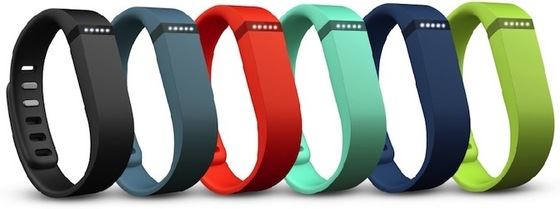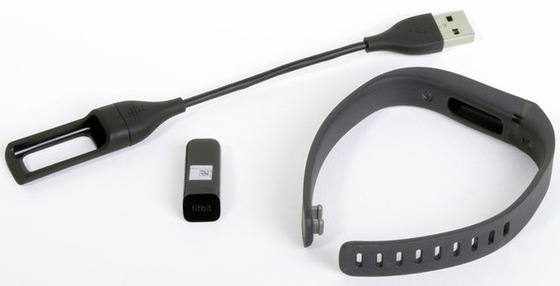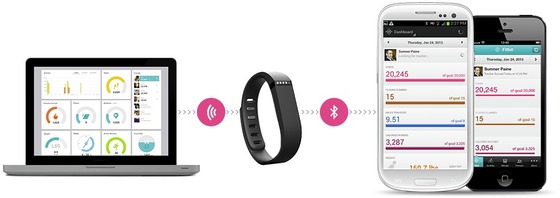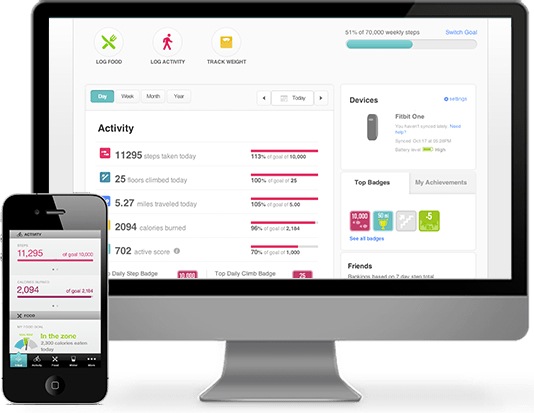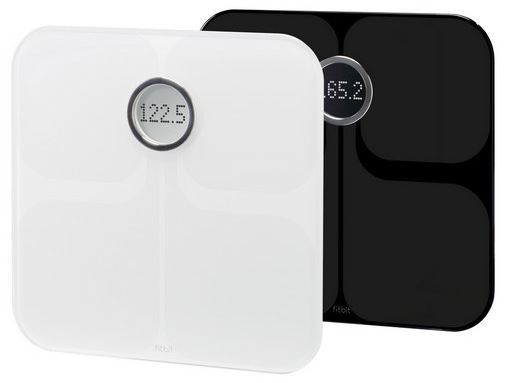Jawbone Up Versus Fitbit Flex Wristband Fitness Movement and Sleep Tracker Review
 Wednesday, June 26, 2013 at 12:42AM
Wednesday, June 26, 2013 at 12:42AM 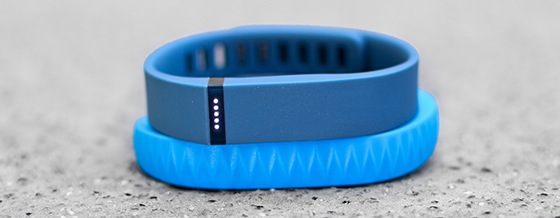
After using the Jawbone Up and Fitbit Flex Wristband Fitness Movement and Sleep Trackers literally side by side on the same wrist for a period of about two weeks, I have finally come to the conclusion as to which one I prefer and will continue to use as my personal Wristband Fitness Movement and Sleep Tracker. I have split this comparison review into 12 distinct categories to breakdown the strengths and weaknesses of both devices, so without further adieu...
Price:
- Very similar $119 for the Jawbone UP versus $99 for the Fitbit Flex.
- Point goes to the Fitbit Flex for being less expensive.
Looks:
- I kind of like the styling of the Jawbone UP with it's stainless steel accents but I like the flush band and interactive LED's on the Fitbit Flex.
- This one is a Draw.
Wearability:
- The Jawbone UP is much easier to put on but the flexible band can catch on clothing and objects and has fallen off at times.
- The Fitbit Flex is a bit harder to get on but is less intrusive once attached and there is no real fear of it catching or falling off.
- Again this one is a Draw.
Durability:
- Both of the bands show wear over time and you can see it especially on the high spots or edges, my Jawbone UP actually lost the metal button but Jawbone sent me a new band, (Jawbone has a good reputation for backing their products).
- The bonus to the Fitbit Flex is that you can replace the rubber band part for about $15 and have it looking good as new while the Jawbone UP is an all-in-one unit so there is no refreshing the band without a full replacement.
- The downside to the Fitbit Flex is that you need to clean the moisture from inside the housing area once in a while as I would imagine bacteria may build up over time.
- Point goes to the Fitbit Flex for not breaking and having the ability to replace the band for a few bucks.
Water Resistance:
- Both units can be used in the shower, however neither unit can track any type of actual swimming exercises with accuracy.
- Jawbone recommends you actually take the Jawbone UP off when swimming as it is only "water resistant" which means it is not meant to have any water pressure on it. The Fitbit Flex can be worn in a swimming pool and is rated to 10 meters.
- Point goes to the Fitbit Flex for being water proof down to 10 meters.
Ease of Use:
- Both fitness band devices are easy enough to switch back and forth into their awake and sleep modes, the Fitbit Flex however gives you a real time fitness goal indication using 5 LED bar styled indicators and also notifies you when you have achieved your preset fitness goal for the day by flashing and vibrating.
- Point goes to the Fitbit Flex for the extra LED eye candy and fitness goal alerts.
Syncing:
- The Jawbone UP requires a hardware connection by plugging directly into your smartphones headphone jack so there is no realtime data display. (You can not sync with a computer using the headphone jack either).
- The Fitbit Flex uses a wireless Bluetooth connection that syncs and updates in real time. You can sync with a smartphone or computer using the included BT dongle. (The BT connection will draw more battery on the band device and the smartphone).
- Point goes to the Fitbit Flex for real time BT syncing.
Charging and Battery Time:
- Both Fitness Band Devices use a USB charging adaptor to charge and both charge up rather quickly.
- The Jawbone UP has a 10-11 day run time while the Fitbit Flex has a 4-5 day run time as it uses BT which takes up some battery life with its constant real time syncing
- Point goes to the Jawbone UP for double the battery life.
Smartphone Software:
- Both the UP and the Flex have very good Smartphone software that allows you to view your data very accurately, but I would have to say I like the way the Jawbone UP displays this information, it is easy to use and there is more detail provided especially when it comes to the sleep information.
- I would like to note that you can enter your eating information into both software systems and also sync other partner Apps to communicate additional data back and forth.
- Point goes to the Jawbone UP for it's super slick and easy to use Smartphone Application.
Computer / Web Based Software:
- The Jawbone UP kind of drops the ball on this one as it only really syncs with a smartphone, even so Jawbone could send this information to a web based software program similar to what Fitbit has.
- I find that I primarily use my iPhone to view my Flex data but I do periodically go online to the Fitbit website and check my data there as I can see it a bit differently and get some more detailed charts and information.
- You do not need to have a smartphone to use the Flex while you do need a Smartphone to use the Jawbone UP!
- Point goes to the Flex for being able to view your data on your phone or online.
Integration:
- One big advantage to the Fitbit Flex is the fact that Fitbit has the ARIA cloud based WiFi scale that sends your weight and body fat percentage to your Fitbit online cloud based account, this information helps you keep track of your weight loss or gain goals and also gives you an accurate reading on how many calories your body burns each day.
- Point goes to the Flex for having multiple fitness devices that work together in harmony.
Accuracy of tracking Data:
- This is hard one to measure, both fitness bands seemed to be consistent but I did notice that the Fitbit Flex was more generous with how many calories I was burning, usually about 500 calories more each day than the Jawbone UP accounted for.
- Being that each person is different in how many calories their bodies actually burn, this is not really a big deal as adjustments will need to be made for each person as you figure out exactly how many calories your body burns each day.
- This one is another Draw.
Outcome:
There where 7 winning categories for the Fitbit Flex and 2 winning categories for the Jawbone UP with the Fitbit Flex coming out for me as the clear winner here. Again this is just my take based on what I am looking for in a Wristband Fitness Movement and Sleep Tracker. I used the Jawbone UP for several months before I got the Fitbit Flex and was perfectly happy with it and found it to be a very useful aid in helping me achieve my fitness goals. At the end of the day the big deal makers for me are the integration I get with my Fitbit Aria WiFi Scale and the real time Bluetooth data syncing the Fitbit Flex offers.
Watch my YouTube Video Comparison Review for the Fitbit Flex versus the Jawbone UP:
 Fitbit Aria,
Fitbit Aria,  Fitbit Flex,
Fitbit Flex,  Jawbone UP in
Jawbone UP in  Conditioning,
Conditioning,  Nutrition,
Nutrition,  Product Review,
Product Review,  YouTube Video
YouTube Video 




